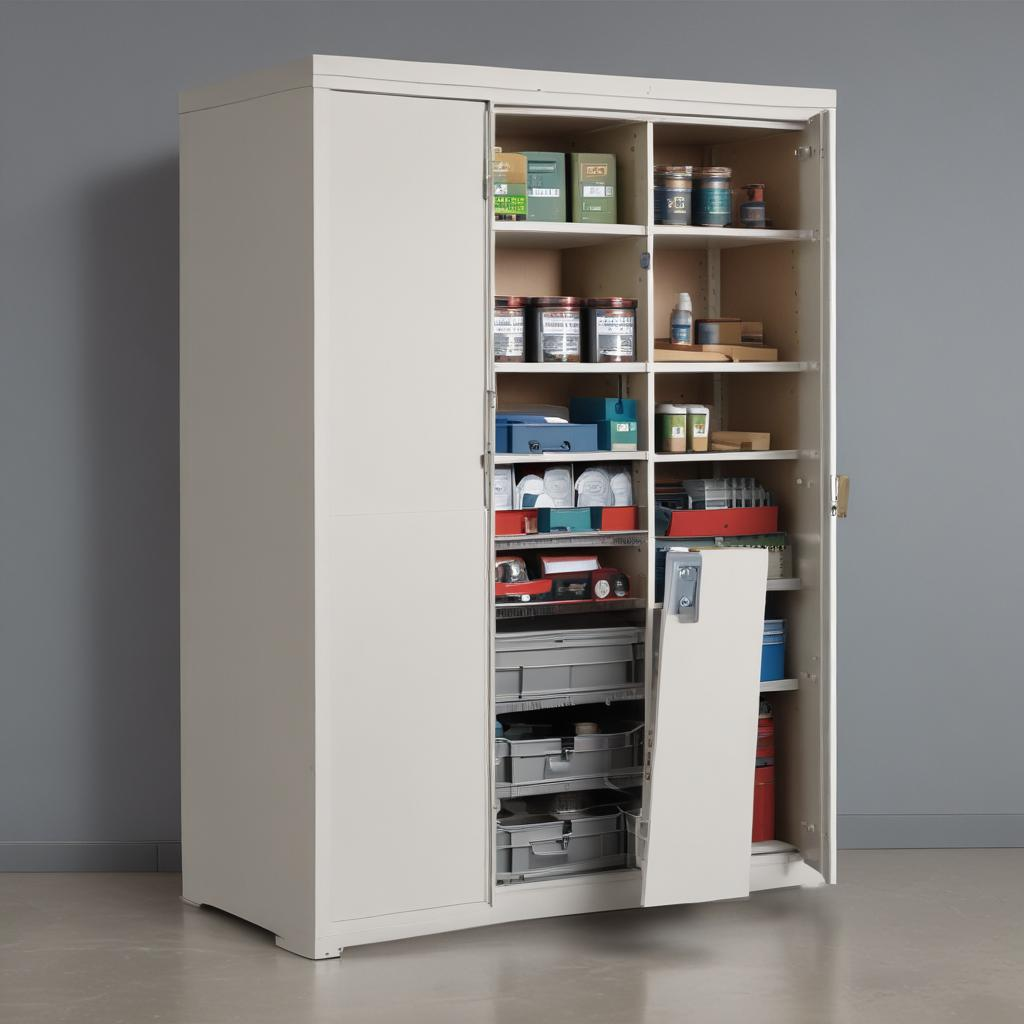When it comes to purchasing a storage cabinet, finding the perfect balance between quality and cost can be a challenging task. Many of us want a durable, high-quality product that fits within our budget constraints. Here are some essential tips to assist you in making an informed decision that meets both your quality expectations and financial limits.

1. Determine Your Needs
Before diving into the shopping process, clearly define what you need from a storage cabinet. Consider the size, the type of items you'll store, and where it will be placed. Understanding your specific requirements will help you avoid overspending on features you don't need or choosing a cabinet that fails to meet your expectations.
2. Set a Budget
Once your needs are clearly outlined, set a reasonable budget. Remember, investing a little more can sometimes save you money in the long run if it means acquiring a sturdier, longer-lasting product. However, be cautious of overspending on branded items where you mainly pay for the name rather than tangible quality improvements.
3. Assess Material Quality
The material of the storage cabinet significantly influences both its cost and quality. Common materials include wood, metal, and plastic. Wood cabinets can be sturdy and aesthetically pleasing but might be more expensive. Metal cabinets are extremely durable and offer excellent longevity, while plastic cabinets are usually the most cost-effective but less durable. Choose a material that best suits your balance of cost and quality needs.
4. Check Construction and Craftsmanship
Examine the construction of the cabinet closely. Look for things like the thickness of the material, whether the edges are smooth or rough, and how securely the parts are assembled. Drawers should slide smoothly, doors should align properly, and shelves should be sturdy. Well-constructed joints like dovetails or tenons in wood, and welded joints in metal, usually indicate better craftsmanship.
5. Consider Functionality and Versatility
A high-quality cabinet should not only be sturdy but also versatile and functional. Check for features such as adjustable shelves, lockable doors, and internal organization systems that can maximize storage efficiency. These features might come at a higher cost, but the added utility can be worth it.
6. Evaluate the Finish and Aesthetics
The finish of a cabinet not only affects how it looks but also its resistance to environmental factors like moisture and dust. High-quality finishes will protect the cabinet from scratches, stains, and corrosion. While the aesthetic aspect may be more of a personal preference, it also contributes to the perceived quality of the cabinet.
7. Read Reviews and Seek Recommendations
Online reviews and recommendations can provide insights into the quality and durability of different storage cabinets. Previous buyers can offer real-life experiences on how the cabinet holds up over time, giving you a clearer picture of what to expect. However, always look for reviews from verified purchasers to ensure authenticity.
8. Look for Warranties or Guarantees
A manufacturer’s warranty or guarantee is a sign of confidence in a product. Cabinets with longer warranty periods might be more expensive but provide peace of mind regarding future repairs or problems. Always read the warranty carefully to understand what is covered and what is not.
9. Compare Prices from Different Retailers
Once you have identified a few potential cabinets, compare prices across different retailers. Prices can vary significantly due to promotions, sales, and differences in retailer pricing strategies. Shopping around can help you find the best deal.
10. Don’t Overlook Second-Hand Options
If a new, high-quality cabinet seems out of reach financially, consider purchasing a second-hand cabinet. Used cabinets can often offer excellent quality at a fraction of the cost. Make sure to thoroughly inspect them for any signs of damage or wear that could affect their functionality or lifespan.
In conclusion, balancing quality and cost when purchasing a storage cabinet requires careful consideration of your needs, budget, and the products available. By examining the materials, construction, and additional features of a cabinet, and by comparing options and seeking the best deals, you can make a well-informed decision that meets both your quality standards and budgetary limits. Always remember that a wise purchase is one that considers the long-term benefits rather than just the initial expense.


.jpg)
.jpg)


.jpg)




.png)





0 Comments